What is On-Page SEO and Why is it Important?
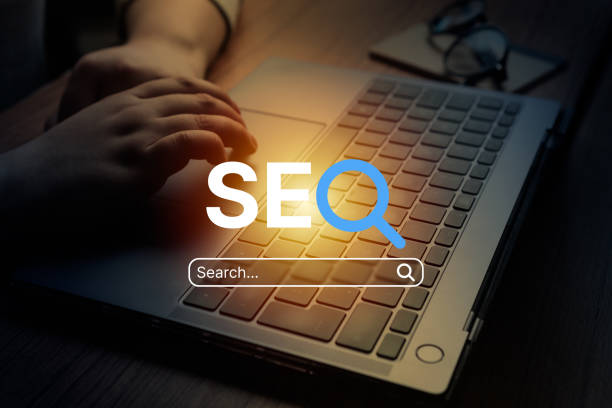
On-Page SEO refers to a set of actions we take within our website to improve the site’s ranking in search engines like Google.
These actions include optimizing content, site structure, HTML tags, and other internal elements of the site.
Unlike Off-Page SEO, which is related to link building and activities outside the site, On-Page SEO is entirely under our control and can have a significant impact on the visibility of the website.
The importance of On-Page SEO is that it helps search engines better understand the topic and content of your site’s pages.
The better search engines understand your site, the more likely they are to display your site in search results for relevant keywords.
In other words, On-Page SEO helps you attract more organic (free) traffic to your website.
For example, if you have an online shoe store, by optimizing page titles, product descriptions, and using relevant keywords, you can make search engines understand that your site is active in the field of selling shoes.
This makes it more likely that when users search for “buy shoes” on Google, your site will appear in search results.
On-Page SEO is a fundamental pillar in the overall SEO strategy and should not be ignored.
Did you know that 85% of customers check your company’s website before any interaction?
With Rasaweb, build a corporate website worthy of your credibility.
✅ Increase customer credibility and trust
✅ Attract high-quality leads
⚡ Get free website design consultation
Keyword Research; The Cornerstone of On-Page SEO
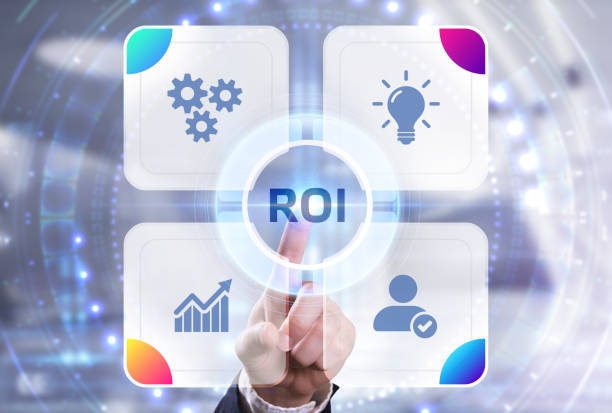
Keyword research is the first and most important step in On-Page SEO.
Before you start producing content or optimizing your site’s pages, you need to know what words users search for on Google to find information or products that you offer.
In other words, you need to identify keywords related to your business.
To do keyword research, you can use various tools such as Ahrefs Keyword Explorer, Moz Keyword Explorer, Ubersuggest and Google Keyword Planner.
These tools help you find keyword search volume, the level of competition for them, and related keywords.
When choosing keywords, look for words that have a decent search volume and the level of competition for them is not too high.
Also, try to consider Long-Tail Keywords.
These words usually have less search volume, but competition for them is also lower and they can attract more targeted traffic to your site.
For example, instead of the keyword “shoes”, use the long-tail keyword “buy cheap men’s sports shoes”.
In this area, keyword research plays a vital role.
Optimizing Page Title (Title Tag) and Meta Description

The page title (Title Tag) and meta description (Meta Description) are two important HTML elements that appear in search results.
The page title is the main title of your page and is displayed at the top of search results.
The meta description is a short description of the page content that appears below the page title.
Optimizing the page title and meta description is important for two reasons: first, it helps search engines better understand the topic of your page, and second, it can increase your click-through rate (CTR) in search results.
The more attractive and relevant your page title and meta description are, the more likely users are to click on your link.
To optimize the page title, try to put the main keyword of the page at the beginning of the title and keep the title length between 50 and 60 characters.
To optimize the meta description, write a short and attractive description of the page content and use relevant keywords.
Keep the meta description length between 150 and 160 characters.
On-Page SEO improves by following these tips.
On-Page SEO improves by following these tips.
| Feature | Page Title (Title Tag) | Meta Description |
|---|---|---|
| Display Location | Top of search results and browser tab | Below the page title in search results |
| Purpose | Determine the main title of the page | Provide a short description of the content |
| Suitable Length | 50-60 characters | 150-160 characters |
| Important Notes | Use the main keyword, be attractive and relevant | Attractive description, use relevant keywords |
Content Optimization; The King of On-Page SEO
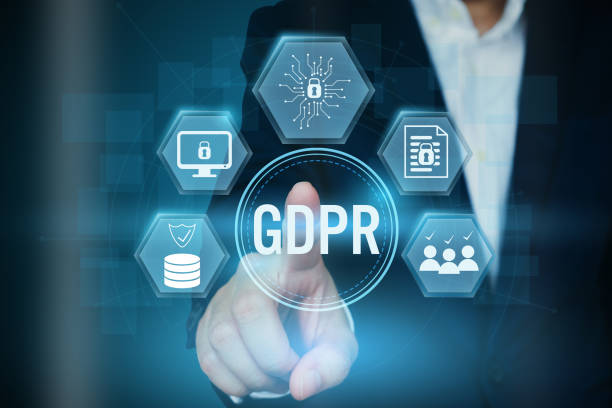
Content is the most important factor in On-Page SEO.
Search engines are looking for high-quality, valuable, and relevant content that answers users’ questions and needs.
If your site’s content is weak, repetitive, or irrelevant, it is very unlikely to rank well in search results.
To optimize content, you need to pay attention to a few points: first, your content must be unique and original.
Avoid copying content from others.
Second, your content should be relevant to the keywords you want.
Use keywords naturally and in the right place in your text.
Third, your content should be attractive and readable for users.
Use short paragraphs, subheadings, images, and videos to break up the text and increase its appeal.
Also, try to update your content regularly.
Search engines give more importance to sites that have new and up-to-date content.
For example, if you have written an article about “the best smartphones of 2023”, update it in 2024 and add information about the latest phones.
Great content improves On-Page SEO.
Does your current website create the trust that potential customers should have in your business? If the answer is no, it’s time to have a professional and impactful company website with Rasaweb.
✅ Completely custom design tailored to your brand identity
✅ Increase lead attraction and credibility of your business in the eyes of customers⚡ Contact us for free consultation!
Optimizing Images and Videos

Images and videos can play an important role in the attractiveness and user-friendliness of your website, but if they are not properly optimized, they can have a negative impact on your On-Page SEO.
To optimize images, you need to pay attention to a few points: first, reduce the size of the images to increase the page loading speed.
You can use online tools such as TinyPNG to compress images.
Second, choose an appropriate and relevant file name for your images.
Instead of using names like “IMG_1234.jpg”, use names like “men’s-sports-shoes-nike.jpg”.
Third, write Alt Text for your images.
Alt text helps search engines understand the topic of the image and is also displayed to users if the image does not load.
To optimize videos, try to upload your videos to platforms such as YouTube or Aparat and then embed them on your site.
Also, choose appropriate titles, descriptions, and tags for your videos.
Observing these points in optimizing image and video content helps to improve On-Page SEO.
Proper URL Structure and Internal Links
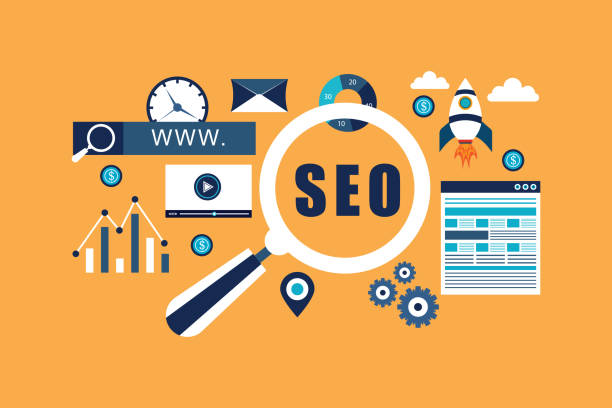
URL structure and internal links are two other important factors in On-Page SEO that can help search engines better understand your site and improve its ranking in search results.
A proper URL structure should be short, readable, and relevant to the page content.
Avoid using special characters and numbers in your URL.
Instead of using URLs like “example.com/page?id=123”, use URLs like “example.com/buy-sports-shoes”.
Internal links refer to links that connect different pages of your site to each other.
Internal links help search engines understand the structure of your site and identify more important pages.
Also, internal links can help users easily navigate your site and find the information they need.
Try to link to other related pages on each page of your site. On-Page SEO is optimized by following these tips.
Page Loading Speed and Mobile-Friendliness
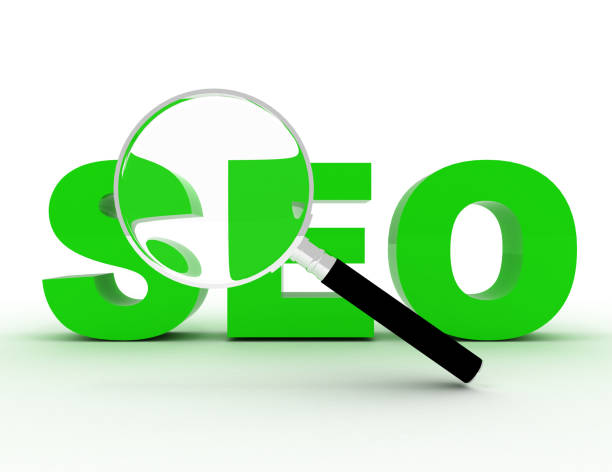
Page loading speed and mobile-friendliness are two important factors in user experience that can have a big impact on your On-Page SEO.
Today, most users access the internet through mobile devices, so it is important that your site is optimized for display on mobile devices.
To increase page loading speed, you can use various techniques such as compressing images, using CDN, optimizing codes, and enabling caching.
You can use tools like Google PageSpeed Insights to check your site’s speed and get suggestions to improve it.
For mobile-friendliness, you should use Responsive Design.
Responsive design means that your site automatically adapts to the screen size of different devices.
Observing these points in optimizing user experience helps to improve On-Page SEO.
| Factor | Description | Solutions |
|---|---|---|
| Page Loading Speed | The speed at which website pages load for users | Compressing images, using CDN, optimizing codes |
| Mobile-Friendliness | The ability to display the website correctly and functionally on mobile devices | Using responsive design |
Using Schema Markup
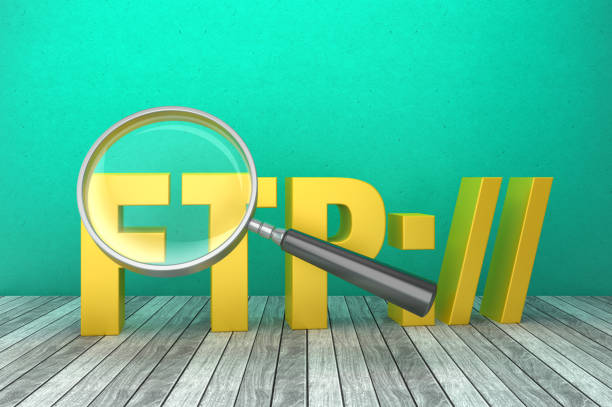
Schema Markup is a code that helps you provide more information about the content of your page to search engines.
By using Schema Markup, you can make search engines understand that your page is about a product, an article, an event, or a business.
This makes it easier for search engines to understand the content of your page and display it better in search results.
For example, if you have a page about a recipe, you can use Schema Markup to specify the ingredients used in the recipe, the cooking time, and user ratings.
This information can be displayed as Rich Snippets in search results and increase your click-through rate.
On-Page SEO is improved by using Schema Markup.
To use Schema Markup, you can use online tools like Schema Markup Generator.
These tools help you create the Schema Markup code you need and place it in your page’s HTML.
Proper use of Schema Markup improves your website’s On-Page SEO.
Did you know that poor online store design can drive away up to 70% of your potential customers? Resavab will transform your sales by designing professional and user-friendly online stores.
✅ Significantly increase sales and revenue
✅ Full optimization for search engines and mobile
⚡ [Get a free consultation from Resavab]
Improving User Experience (UX)

User experience (UX) refers to the feeling and experience that users have when using your website.
If users are satisfied with your website, they are more likely to return to it and recommend it to others.
Improving user experience can have a direct impact on your On-Page SEO.
To improve user experience, you should pay attention to factors such as page loading speed, responsive design, easy navigation, readable and attractive content, and the use of high-quality images and videos.
Also, you should try to understand users’ needs and design your website in such a way that they can easily find the information they need.
For example, if you have an online store, you should make the purchasing process as simple and easy as possible.
Users should be able to easily find the products they want, review their information, and make their purchase.
On-Page SEO is optimized by improving user experience.
Analysis and Continuous Improvement of On-Page SEO

On-Page SEO is an ongoing process and requires continuous analysis and improvement.
After you have taken your On-Page SEO steps, you should regularly review the performance of your site and identify its strengths and weaknesses.
To analyze the performance of your site, you can use tools such as Google Analytics and Google Search Console.
These tools help you review your site traffic, keyword rankings, click-through rates, bounce rates, and other important metrics.
Based on this information, you can make better decisions to improve your On-Page SEO.
For example, if you notice that the bounce rate of one of your site’s pages is high, you can improve the content of that page or increase its loading speed.
On-Page SEO results with continuous analysis and improvement, and you can improve your site’s ranking.
Frequently Asked Questions
| Question | Answer |
|---|---|
| What is On-page SEO? | On-page SEO refers to the set of actions that are done within your website to improve its ranking in search engine results. This includes optimizing content, site structure, and HTML code. |
| Why is on-page SEO important? | On-page SEO helps search engines to understand the content of your page and determine whether your content is relevant for searchers or not. It is the foundation of any successful SEO strategy. |
| What are the key elements of on-page SEO? | Page Title (Title Tag), Meta Description, use of keywords, image optimization, heading structure (H1, H2, …), internal linking, and content quality are key elements. |
| How to optimize the page title (Title Tag)? | The page title must include the main keyword, be attractive and encouraging to click, and be between 50 and 60 characters (or suitable pixels) in length to be fully displayed in search results. |
| What role does Meta Description play in on-page SEO? | The meta description is a summary of the page content that is displayed below the title in the search results. Although it does not directly affect rankings, it helps with SEO by increasing the click-through rate (CTR). |
| What is the importance of using a heading structure (H1, H2, H3) in on-page SEO? | Headings make the page content structured and easier to read. H1 is usually the main title of the page and should include the keyword. H2 and H3 are used to organize subsections and help search engines understand the content hierarchy. |
| How to use keywords effectively in content? | Keywords should be used naturally and logically throughout the content, including the introduction, body, and conclusion. Avoid excessive keyword stuffing. |
| What are the steps involved in optimizing images for on-page SEO? | Includes compressing images to reduce size, using descriptive file names, adding appropriate alt text, and optimizing image title and descriptions. Alt Text is critical for accessibility and helping search engines understand the content of the image. |
| What is internal linking and what are its benefits? | Internal linking means creating a link from one page on your website to another page on the same website. This helps users to easily navigate your site, distributes page authority across the site, and helps search engines better understand your site structure. |
| What is the importance of content quality in on-page SEO? | High-quality, accurate, comprehensive and valuable content for users is the cornerstone of on-page SEO. Search engines prefer content that meets the needs of users. High-quality content leads to longer time spent on the site (Dwell Time) and lower bounce rate, which are positive SEO signals. |
And other services of Rasa Web advertising agency in the field of advertising
Smart brand identity: Professional optimization to increase site visits by customizing the user experience.
Smart direct marketing: A new service to increase SEO ranking by using a SEO-oriented content strategy.
Smart SEO: Transform customer behavior analysis with accurate audience targeting.
Smart Digital Branding: A combination of creativity and technology to increase sales through SEO-oriented content strategy.
Smart Advertising Campaign: An effective tool for analyzing customer behavior with the help of accurate audience targeting.
And more than hundreds of other services in the field of internet advertising, advertising consulting and organizational solutions
Internet advertising | Advertising strategy | Advertorial
Resources
Comprehensive Guide to On-Page SEO: Optimization Techniques to Increase Ranking
,What is On-Page SEO? Comprehensive On Page SEO Training | Faraz Seo
,What is On-Page SEO? Comprehensive Guide + Important Tips
,Comprehensive On-Page SEO Training; Become a SEO Expert with Sabz Learn!
?With Rasavab Afrin, take your business to the top in the digital world! By providing comprehensive digital marketing agency services, including responsive website design, SEO, and content production, we pave the way for your online success.
📍 Tehran, Mirdamad Street, next to the Central Bank, South Kazerun Alley, Ramin Alley No. 6
“`




